What steps can you take to experience a healthy coexistence with your body? Here are ten simple steps that you can do one at a time, or as many as you can successfully handle at once, and be successful. Once you have mastered one, then move on to the next. Excerpted and adapted from Going Vegan: A Complete Guide to Making a Healthy Transition to a Plant-Based Lifestyle by Joni Marie Newman and Gerrie Lynn Adams, @ 2014 Fair Winds Press. Reprinted by permission.
1. Add more greens into your diet. Some of the heartier leafy greens or as some have called them, “angry” lettuces—such as kale, collard, turnip, chard, and mustard greens—are very important for us to eat every day. For every one calorie you ingest of these greens, you get a dose of all the daily essential vitamins, minerals, and phytochemicals your body needs. Other leafy greens that are also little powerhouses of vitamins, minerals, and phytochemicals are spinach and bok choy.
You don’t need to just eat salads to get your greens. Simply add greens to everything. For example, put greens in your morning smoothie, have spinach enchiladas with red sauce (and no cheese), or add greens to your soups, stews, burritos, tacos, sandwiches, or pita pockets.
2. Replace animal proteins with plant proteins. We love plant proteins such as legumes, beans, lentils, and peas. Depending on how much animal protein you now eat, start by cutting back on the number of times you eat it a day or a week. For example, if you eat animal protein at every meal (and the majority of us do because it is the center of our plates), cut back to once a day. If you eat animal proteins once a day, cut back to only two or three times a week.
Just like adding greens, adding beans will give you the protein you need along with fiber, and without all of the fat, calories, and cholesterol that’s in animal protein.
3. Replace dairy with plant milks and cheese substitutes. Some of our favorite plant milks are almond, oat, soy, cashew, coconut, rice, and hemp. For cheese substitutes, we suggest soy or nut based “cheese” and we love the soy-and-gluten-free tapioca-based products. There are so many plant milk options that we’re sure you will find one that you like. Just make sure that the plant milk you choose is unsweetened to avoid processed sugars. Plus, that way it works well in both sweet and savory applications.
Using plant milk is simple; just use it as you would cow’s milk. Pour a plant milk over your cereal, in your glass, or in your recipe instead of cow’s, goat’s, or sheep’s milk. In most uses, you won’t even notice a difference. The same goes for nondairy cheeses. Add a slice to your sandwich, melt it over nachos, sprinkle it on salads, and top your pizza with it, just as you would an animal-based cheese.
4. Replace overly processed foods with minimally cooked whole plant foods. This step takes a little bit of planning, which is something most of us don’t take the time to do. This new way of eating is not hard. It’s just different. With a little effort and planning, you will find it easy, cheaper, and more delicious.
This step is all about eating foods that are as close to their natural state as possible. For example, incorporate apples into your diet instead of applesauce or apple juice. This will provide you with more nutrients, more fiber, and less sugar. Instead of purchasing pre-made soups in cans, break out the slow cooker and make your own soups and stews from scratch. Store and restaurant soups and stews are usually loaded with sodium, oils, and other unwanted ingredients, such as preservatives and sugars.
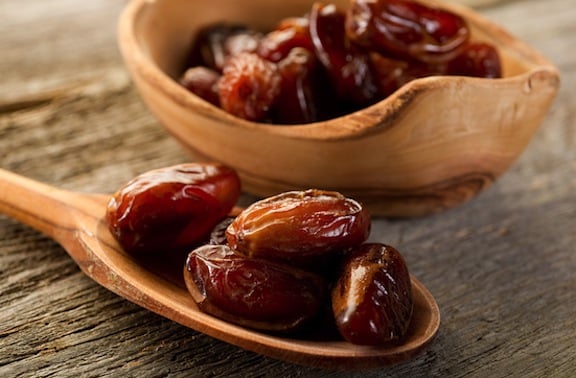 5. Replace processed sugars with fruits and fruit juices in recipes. Refined sugars have absolutely no nutritional value at all—no vitamins, minerals, phytochemicals, or fiber. They are simply junk food, and they have no place in our diets. By replacing sugars with fruits and fruit juices—such as dates and prunes—you’ll add vitamins and minerals, and, in the case of whole fruits, you’ll get fiber as well.
5. Replace processed sugars with fruits and fruit juices in recipes. Refined sugars have absolutely no nutritional value at all—no vitamins, minerals, phytochemicals, or fiber. They are simply junk food, and they have no place in our diets. By replacing sugars with fruits and fruit juices—such as dates and prunes—you’ll add vitamins and minerals, and, in the case of whole fruits, you’ll get fiber as well.
6. Replace extracted oils with foods that have oils in them. Extracted oils are nothing more than fat that has been extracted from a plant. Did you know that it takes approximately forty-four olives to make 1 tablespoon (15 ml) of olive oil? Would you ever sit down and eat forty-four olives all at once? Plus when you eat an olive, you’re getting fiber, vitamins, and minerals along with the fat in the correct concentration. One tablespoon of oil contains 120 calories, and all 120 calories are from fat!
In addition to the concentrated intake of fat, oils are a highly concentrated and often hidden source of calories. If you consumed only 3 tablespoons of oil a day, you would be consuming 360 calories a day that are nothing but fat. If you multiply that by seven days in a week, you would be taking in 2,520 calories in one week that come from just fat in your food. For a woman, that is more than one day’s worth of calories.
7. Replace sodium with citrus juices, sodium-free dried vegetables, and other seasonings. The taste buds measuring sour and salty are right next to each other on the tongue. If you add citrus such as lemon juice or lime juice, your taste buds are tricked into thinking that sodium has been added to the food. This will add flavor and satisfy your “taste” for salt without the negative effects.
8. Eat only 100 percent whole grains. Over the past twenty years, we have been consuming more and more cereals, breads, and overly processed products that use cheaper enriched, processed, and refined grains that have higher gluten levels than whole grains. High gluten ingredients are used in more than just baked goods, too. Many prepackaged seasonings, broths, dressings, sauces, and other processed foods listing “natural flavors” contained refined gluten.
People are unknowingly eating far more gluten than our predecessors. Our bodies are meant to eat whole grains that contain fiber and nutrients. So make sure that any grain product you consume is made from 100 percent whole, organic, and/or sprouted grains.
9. Eat three to five servings of fruit a day. This step requires the least preparation, and it’s the most convenient. But surprisingly very few people actually do it each day. Eat a piece of fruit as a snack, put fresh berries on your cereal in the morning, or cut up some mangoes, watermelon, or pineapple for dessert.
10. Eat 1 ounce of raw nuts and seeds each day. Nuts and seeds are very nutritious. They should be in your diet every day to help boost your immune system. Make sure they are raw and not oiled and salted. When nuts and seeds are oiled, salted, roasted, and toasted, the grams of fat and milligrams of sodium are drastically increased, and the nutrients are decreased. Dry-roasted is acceptable from time to time.
While nuts and seeds are very nutritious and good for you, they also contain a lot of calories, and many nuts have a very high ratio of omega-6 fatty acids to omega-3s. So enjoy raw nuts, but make sure to limit them to 1 ounce—or occasionally 2 ounces —a day.
We have packed the rest of Going Vegan with even more information, tips, tricks, resources, recipes, meal plans, and more to make your switch to vegan as easy as possible.


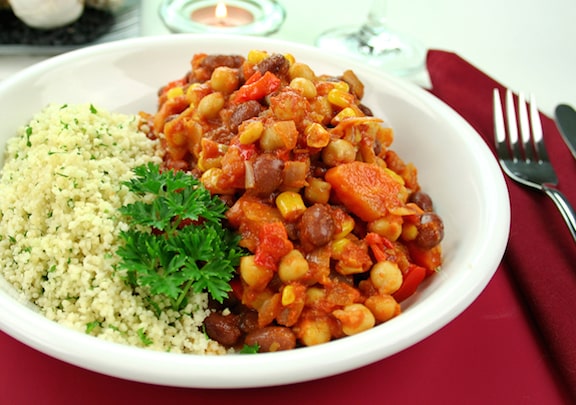

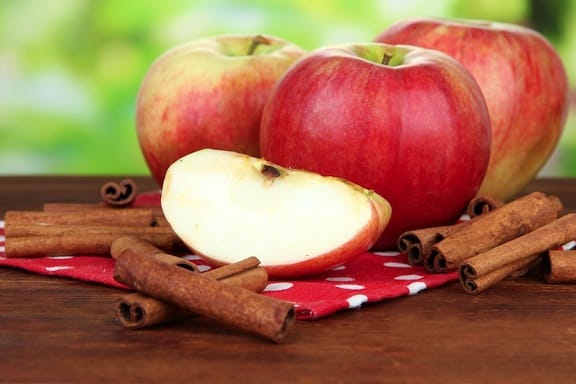
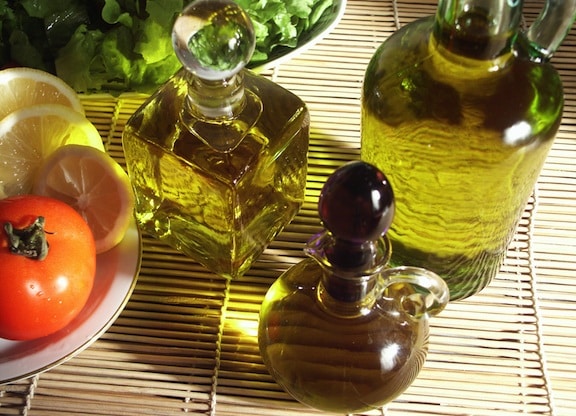
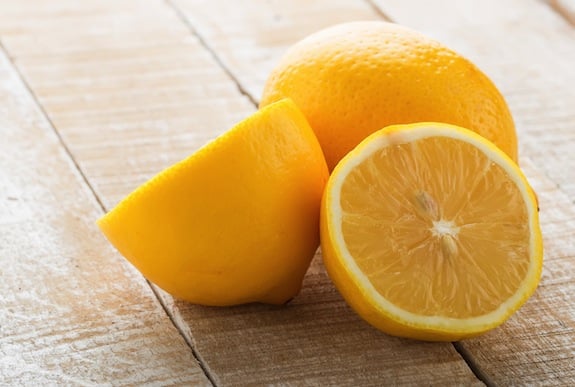
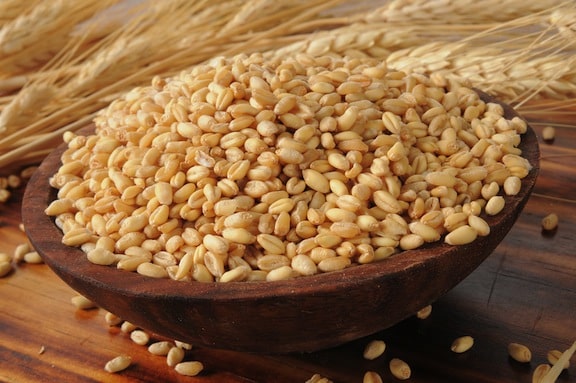
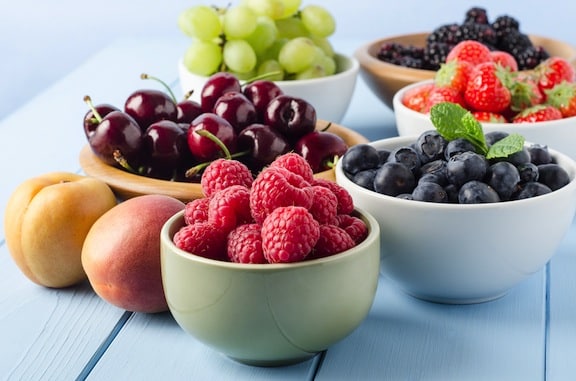
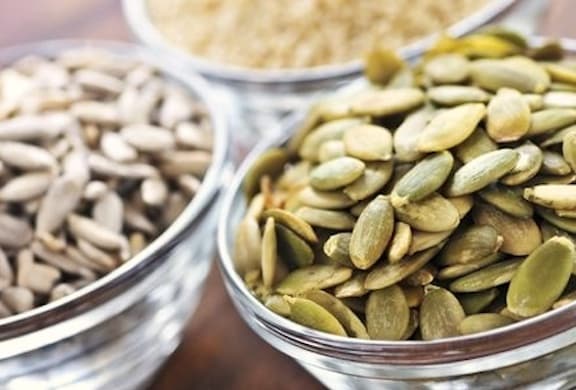

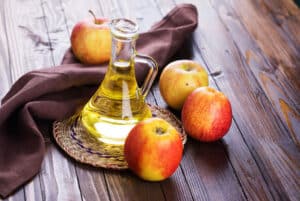
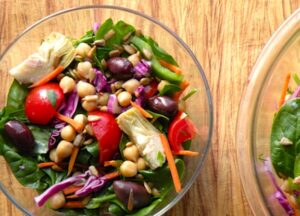
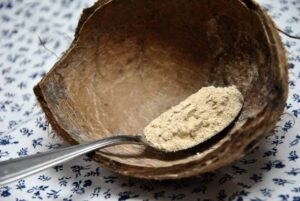
Hollie Smith says
Very helpful article, living two years complete vegan and in stead of tradional treatment i am letting herbs to take care my body like the way our old old old anchestor did.
Dates are my favourite. I try to always keep some grapes in the fridge all the time.Its a source of my quick energy, especially after finishing work out in the gym just having couple of dates makes me full energetic. It also helps me with my sugar craving. Anyway very good article